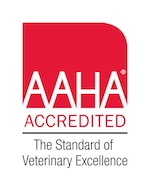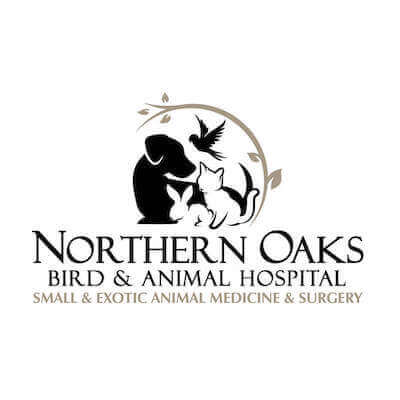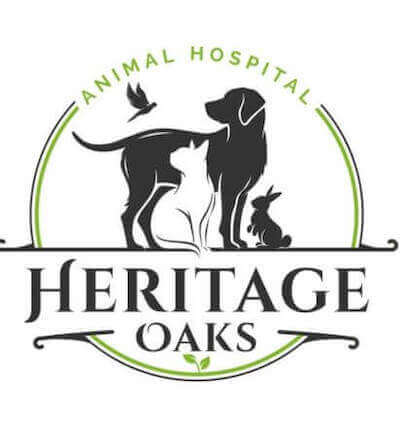Definition:
A food allergy is an immune system reaction to ingredients in the food. Our pets can have allergies to the proteins or fillers in their diet. The most common allergies are to beef, chicken, fish, dairy, and wheat.
Since it takes months to years for a food allergy to develop, most animals have been eating the food they are allergic to for years without any problems.
Symptoms:
The most common clinical sign in a pet with food allergy is itching. In dogs, there is usually facial itching, foot licking/chewing, belly itching, and recurrent ear infections. In cats, a food allergy usually causes itching and scabbing around the face and neck and possible abdominal hair loss. Your pet may have one or all of these symptoms.
Treatment:
Before initiating treatment, food allergies must be distinguished from sarcoptic mange and inhalant allergies. It is also very important for any itching pet to be on a recommended flea control product EVERY MONTH to rule out the possibility of concurrent flea allergies. This will cause all allergies to be worse.
A food trial to determine if you pet has a food allergy consists of feeding a hypoallergenic or novel protein diet for 10-12 weeks. The pet must not have any flavored medications, chew toys (rawhides, nylabones, etc), human food of any kind, or flavored heartworm preventions/supplements. It is best to feed all pets in the house the diet during this time. Most pets will show signs of improvement within 6 weeks.
If there is improvement with the food trial, the pet can remain on the prescription diet or add back particular proteins one at a time to determine exactly what the pet is allergic to. If there is no improvement or only slight improvement, it is important to remember that both inhaled and food allergies can occur together and skin testing may be warranted.
Diets for Allergy Testing:
Commercial over the counter diets may be labeled as hypoallergenic but these claims have no official meaning. Pet food companies are not required to list every ingredient on the label and can substitute proteins as needed to meet the guaranteed analysis. Several different diets are also made on the same machinery and cross contamination from a diet previously on the same assembly line is common. This has been an ongoing problem in the OTC “hypoallergenic” diets. Tests showed 99% of these foods were contaminated with alternate proteins and thus could not be used for a true limited antigen test.
Prescription diets are made for a specific medical condition and are guaranteed to always contain the same ingredients. The protein and carbohydrate source never changes. The two type of diets used in a food trial are hydrolyzed and novel protein diets and these are available by prescription only because they are truly medical therapies.
A novel protein diet contains a protein and carbohydrate the pet has not been exposed to before. Examples are venison and potato and duck and green pea. The hydrolyzed diet has the proteins broken up so small that they cannot stimulate the immune system. It is very important to limit the protein source completely as over 95% of food allergic patients are allergic to the protein, not corn or other grains as has been advertised recently.




